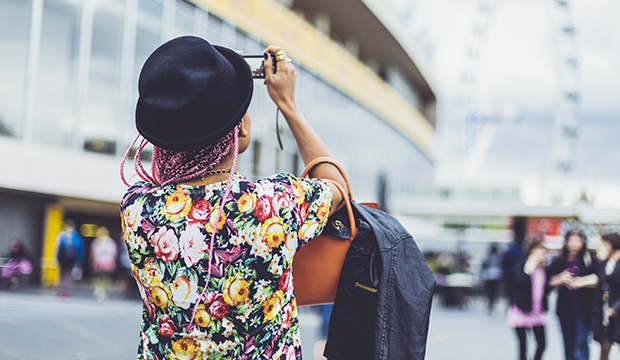

Many investors, accountants, financiers, and entrepreneurs talk about ratios and returns. For those outside of the finance world, this may all seem like unnecessary grunt work. But actually, it is important in evaluating your business.
While the quality of fabric and intricacies of textiles wow customers and help raise the price tag on a meticulously sewn garment; the calculation of the relationship between two factors in your business can help persuade efficient business decisions, even though the first is much more fun and exciting than the latter. Both however are large factors in the success of your brand.
So what exactly is ratio analysis?
It is the numerical comparison of two financial factors in your business to show the health of those factors.
For example, we have previously discussed the inventory ratio and we know that takes into account your costs of goods sold, and your opening and closing inventory values. It is taking the amount you sell in a chosen period of time and comparing it to how much it actually costs for you to make those items.
Comparing those factors helps you gain knowledge about multiple things: (1) How well are you selling your products, (2) Are you spending too much to make your products, (3) How much of your inventory you are selling during a certain period of time.
One ratio can tell you a lot about your own brand and where you need help and where you can grow.
Typically ratio analysis measures four things about your company: profitability, solvency, liquidity, and efficiency. In less stuck-up terms: how profitable you are, the ability to meet long-term payments and obligations, the ability to meet short-term obligations, and how well it is being run.
All these four things play a part in where your brand is growing and who will want to do business with you. A long-standing issue in the fashion industry is spending large amounts of money on campaigns and manufacturing and not being able to pay for fabric or operating costs. We don’t want you talented designers falling into the same trap.
It is advisable for you to compare your ratios to industry averages. These industry averages are great benchmarks because they are from companies doing exactly what you’re doing!
You may be asking ‘How do I find these ratios?’ and thinking ‘Please don’t tell me I have to calculate them!’ Don’t sweat, it’s simple.
A simple Google search and use of financial websites, such as Bloomberg.com or Marketwatch.com, will help you find that information. With good research, it will come laid out for you, practically on a silver platter. Comparing your ratio results with bigger, existing brands will help guide you to where you need help and where you are excelling.
Taking into account ratio trends, following the changes of these ratios over time (take a look quarterly and then 6 months to a year) can help you see in what direction your brand is moving towards. It can indicate early signs of deterioration or the growth of a stronger brand.
There are many, many different ratios but since we are talking about the business of fashion, some of the most important ones will deal with sales, inventory, operating expenses, cash flows, and costs of goods sold. If you have no outside investors, any ratios involving equity can be put on the back burner.
Overall, ratio analysis is an intelligent way to take an inward look into your fashion business. It may seem like an extra step but it is just a liiiiiittle extra work in exchange for much clearer picture of your brand. While your brand identity and marketing strategy speak to your customers, your financial health of your company is related to your growth and success of your business. With that clearer picture, you can start making big moves onto making a living doing what you love to do.

Ksenia
Hi! I was doing my research on fashion industry average Margin Ratios. What I found out was that designer/manufacture’s margin ratio is suggested to be around 60-70% (calculated as (1- Cost / Wholesale Price)). On the other hand Retail Markup up is about 120%, meaning that Retail Price is determined as Wholesales Price is multiplied by 2.2. Are these ratios correct? What do they depend on? Does Retail Markup vary on retailer’s type (chain store, boutiques) and country? Thanks.
Donald
Well these days major stores/boutiques do not want 2.2. They all want 2.5 in order to make a better profit.